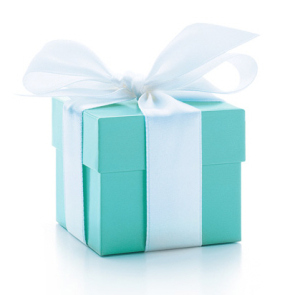Having recently done a story about premium brand Tiffany I thought I would balance it with a story about a value brand, which made me think of Poundland.
Like father, like son
Poundland, the store where everything sells for a pound, might not sound like the most glamorous business in the world but it ultimately allowed its founder, Steve Smith, to live the life of luxury with a mansion in Shropshire and homes in Florida and Majorca.
Steve’s origins were modest; he began by following his father into the trading business. In fact Steve was indirectly the cause of Keith, his dad, getting into that business in the first place.
When Steve’s mum, Maureen, was pregnant, Keith decided he needed to try and supplement his draughtsman’s wages. He bought some pens and went out knocking on doors and selling them to neighbours and workmates. He soon found he was making more money as a trader, so he quit his job and decided to set up a local market stall.
Selling was clearly in Steve’s blood too and he would go straight from school to the stall. He did everything he could – loading vans, going round houses knocking on doors to try to sell things. He saw it as a way of making pocket money. “I was more interested in getting into business than school. I ended up leaving with four CSEs.”
When Keith bought his own cash and carry, Steve worked there too: “I used to help out, sweeping the floor, making sure the stock was up to date and learning the ropes. I liked dealing with customers and I went on to run my own stalls.”
Perhaps not surprisingly Steve left school as soon as he could, but unlike other 16 year olds he immediately set up his own business, where he would sell anything and everything he could get for a good price. “People used to come to us with job lots of stock that we’d buy and sell on.”
Sometimes the packaging was damaged and whatever was in them fell out. So Steve had a special box where he put these things. He would sell them, whatever they were, for 10p an item. It proved to be very popular and they were always the first items to sell out.
It was while Steve was visiting his now retired parents, with his wife Tracy, that the idea that was to transform his life was born.
“We discussed the box where we sold everything for 10p. The pound coin had quite recently come out. We linked that with the 10p box idea and came up with Poundland.”
Getting the business going proved more difficult than might have been expected.
Steve continues with his story: “I opened a little office with a second-hand desk and fax machine. Just my wife and myself. I would spend all day trying to convince landlords to let me open a shop where I sold everything for a pound. I didn’t believe it would be so difficult. There was much opposition and I had many knockbacks, but I believed in the concept. That wasn’t the only thing I had to deal with. I also had to make sure I had enough stock to put in the shops.
Eventually I found a shopping centre in Burton upon Trent that was struggling to rent out units. I convinced them to let me try and make it work, at the beginning of December 1990. It was frantic trying to convince suppliers to give me stock in the run up to Christmas. And I had to scrape enough money to pay them.
We opened that first shop on December 13 – and it sold out. People were waiting outside and we sold close to £13,000 of stock that first day. Then we had to work through the night to get the shelves stocked again.”
After this initial success Steve immediately started looking for opportunities to expand.
“Our big breakthrough came when we got into Meadowhall in Sheffield, one of the UK’s best shopping centres. We had snooty people saying they didn’t want us but Eddie Healey, the owner, let us have a stall. I always remember my father coming from Majorca to see the grand opening.”
Margins were tight but Steve, Tracy and their colleagues were always on the look-out for a bargain. They travelled day and night all over the country and even slept in their van overnight to make sure they were first in any queue.
“I remember getting computer desks that retailed for £80 and I sold them for £1. We sold 30,000 golf clubs for £1 each. I’d managed to source them in less than an hour and they went in 40 minutes. I used to love it when that happened. At one time we had car radios for sale at £1.”
He sold his interest in Poundland in 2002 for £50 million, by which time a million customers a week were going into his stores and 6,000 people were employed.
Though now wealthy, Steve could not bring himself to retire and has since launched numerous businesses. One provides investment loans to help dreams come true for other would-be entrepreneurs.



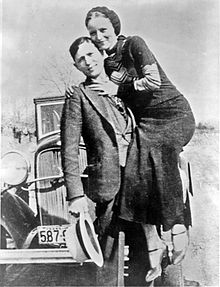
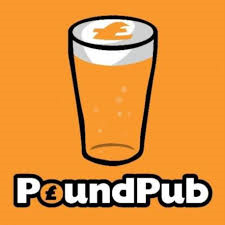
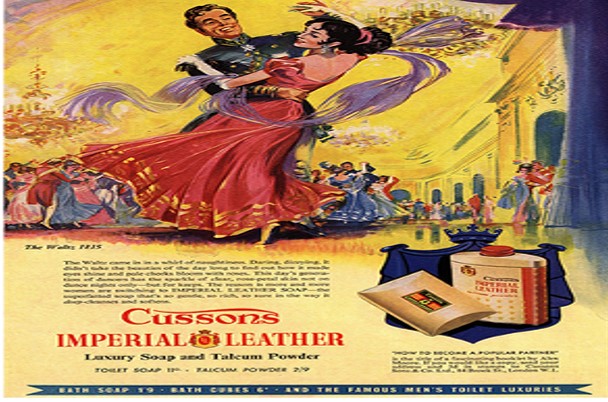
 The theme of luxury featured in the 1970s which saw the launch of the famous “triple bath” TV ads featuring a wealthy mother, father and daughter enjoying luxury bathing sessions – each in a bath of their own. A whole campaign was produced with the family in their luxurious home, on their private jet plane and even on a train.
The theme of luxury featured in the 1970s which saw the launch of the famous “triple bath” TV ads featuring a wealthy mother, father and daughter enjoying luxury bathing sessions – each in a bath of their own. A whole campaign was produced with the family in their luxurious home, on their private jet plane and even on a train.
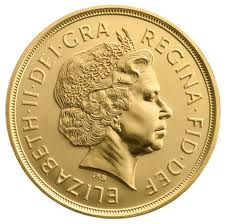

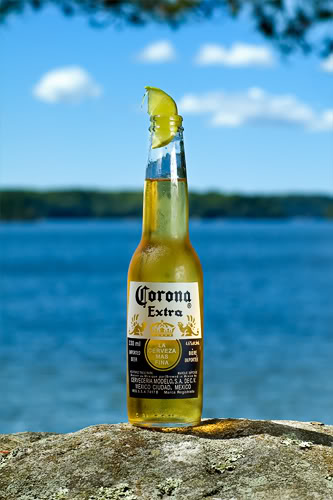
 It was launched in 1925 in a clear glass bottle and, after a few early problems, the marketing team they considered the possibility of changing to a dark glass bottle, to make it easier to preserve the flavour. In the end they rejected the idea and retained what has become the iconic transparent bottle.
It was launched in 1925 in a clear glass bottle and, after a few early problems, the marketing team they considered the possibility of changing to a dark glass bottle, to make it easier to preserve the flavour. In the end they rejected the idea and retained what has become the iconic transparent bottle.

